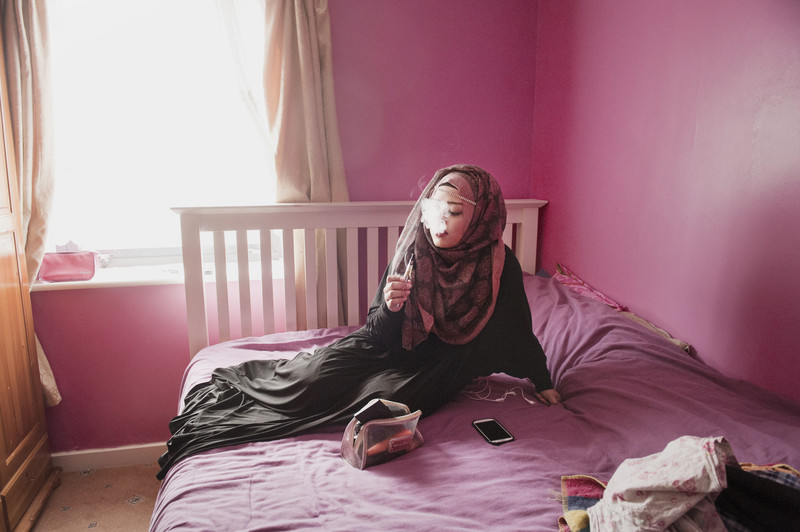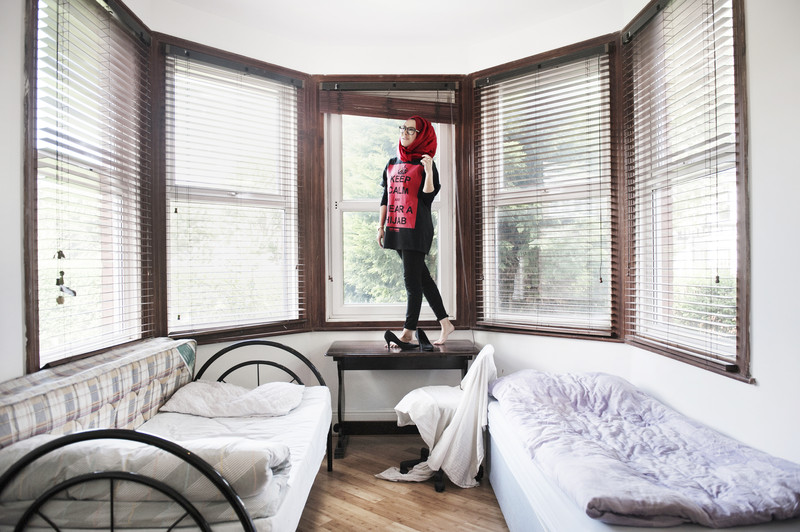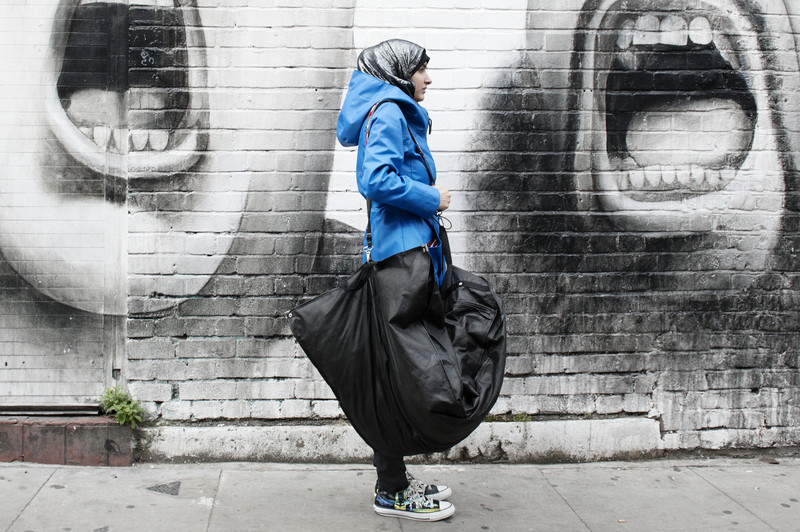Young, British & Muslim
© Alessia GammarotaIn numerous cosmopolitan cities throughout the West, there is a younger generation of Muslim women have been recently more and more frequently choosing to express their identity and faith by wearing the hijab (the Islamic headscarf) and covered dresses. The veil is one of the most visible signs of Islam, and at the same time, one of the most contested. The generation who started proudly wearing it again consists of girls in their early twenties; young ladies brought up in the post 9/11 era, marked by accentuated public and media hostility towards women’s dressed bodies. Within Europe, this phenomenon is most visible in Great Britain, due to its multicultural character and lack of any formal regulation regarding openly religious attire. In order to fully understand the nature of this phenomenon, it is worth considering its various aspects.


First of all, the majority of those girls were either born in the UK, or they spent most of their life there, and similarly to other British girls of that age, they shop mainly at H&M and Primark. However, they don’t feel fully represented by mainstream fashion, nor they can fully identify with the outfits worn by their mothers, considering them too traditional. Each day they have to face the conflicting expectations of their parents, friends, Islamic community and general society. As a result, these girls become more articulated and self-conscious with regards to clothing and solving the issues it creates. They experiment with mainstream fashion in order to develop an individual style which corresponds to their complex backgrounds, interests and concerns, simultaneously challenging the negative stereotypes of Muslims. The platform that connects them and enables the evolution of this phenomenon is the internet. Thanks to numerous blogs, online shops, YouTube tutorials and Facebook pages, these girls get the chance to share opinions and tips on how to be fashionable and Islamic at the same time. The result is a variety of Muslim dressing styles visible in the streets of multicultural British cities: from the more traditional forms of body and face covering as the niqab, to the colorful combinations of headscarves paired with covered outfits, loose or fitted. Such experiments in style are signs of the birth of “modern western Islamic fashion”. It is a contribution to the general change within Muslim dressing practice in contemporary societies, and brings the debate into the Islamic community. At the same time, the phenomenon also attracts the attention of non-Muslim part of the society and triggers reflection on issues such as: immigration, multiculturalism and relationship between Islam and Western culture. One of the most interesting personalities representing the Islamic street style fashion are: the half-Egyptian and half-British vlogger Dina Tokio, with her heterogeneous followers on YouTube; and Sarah Elenany - fashion designer, who is known for creating UK scouts uniforms, suitable both for Muslim and non-Muslim girls.
click to view the complete set of images in the archive






